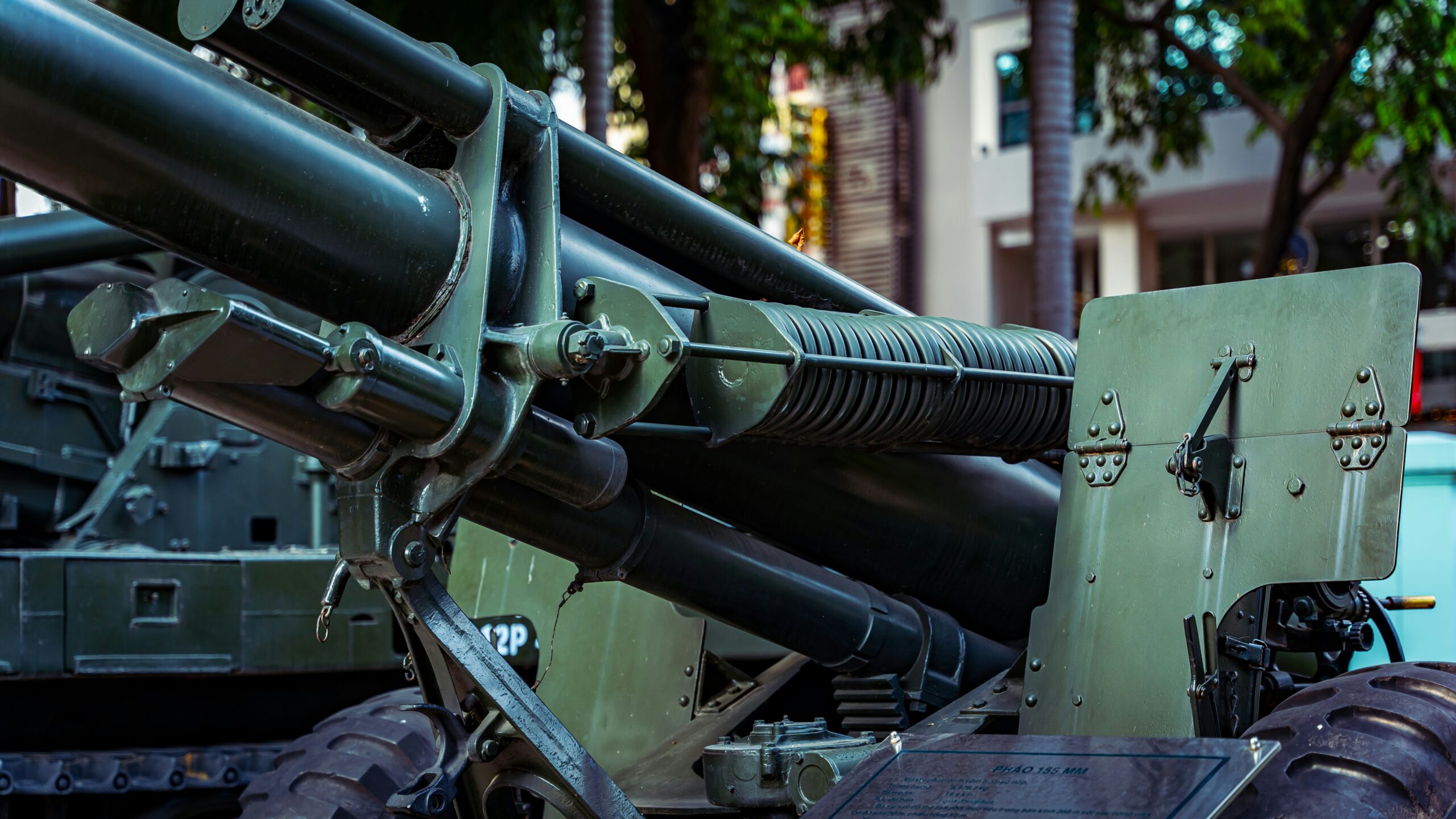
Missile defense has become critical for many nations aiming to protect their citizens and interests from missile threats. As technology advances and missile capabilities grow, countries face the challenge of securing themselves while avoiding heightened tensions. The concept of global missile defense highlights this balance between strengthening national security and fostering international collaboration to maintain peace.
Missile defense systems are designed to detect, intercept, and destroy incoming missiles before they can cause harm. For individual countries, these systems are a vital part of their defense strategy. However, no nation can fully address the challenge because missile threats can originate from different regions and involve multiple actors. This reality makes international cooperation an essential component of effective missile defense.
The Importance of National Missile Defense Systems
Every nation has the right to protect its territory and population from missile attacks. National missile defense systems serve as a deterrent against potential aggressors, making it clear that hostile actions will not go unanswered. These systems often combine radar detection, satellite tracking, and interceptor missiles to provide layered protection.
Deploying such systems boosts a country’s confidence in its defense capabilities and reassures allies and partners who rely on mutual security arrangements. However, missile defense technologies can sometimes increase regional tensions, especially if neighboring states view these measures as threatening or destabilizing. Balancing security needs with diplomatic concerns is a delicate task.
Global Threats Demand Collaborative Responses
Missile threats are not confined to borders; they often cross regions and involve multiple countries directly or indirectly. This interconnected nature of missile threats means that global cooperation is vital. Countries can share intelligence, coordinate missile tracking efforts, and develop joint strategies to improve defense.
International collaboration also enhances early warning systems, reducing response times and increasing the chances of successful interception. By pooling resources, nations can overcome technological gaps and improve coverage. Collective defense initiatives help ensure that no country is vulnerable to missile attacks due to limited capabilities.
The Role of International Agreements and Treaties
Several international agreements address missile proliferation and defense, aiming to create a framework for responsible behavior. Treaties like the Missile Technology Control Regime (MTCR) seek to limit the spread of missile technology that could be used for offensive purposes. These agreements foster trust and transparency among participating nations.
Diplomatic efforts also work toward preventing an arms race in missile defense systems. Countries negotiate limits on deployments and capabilities to avoid destabilizing the strategic balance. Maintaining dialogue and honoring treaty commitments are crucial to reducing misunderstandings and building confidence in missile defense cooperation.
Challenges to Achieving Effective Cooperation
Despite the clear benefits, international collaboration on missile defense faces obstacles. National interests often conflict as countries prioritize their security over collective concerns. Some nations may hesitate to share sensitive intelligence or technology, fearing exposure or misuse.
Political rivalries and regional disputes further complicate efforts. Suspicion between countries can undermine trust, making joint projects challenging to sustain. Additionally, varying technological capacities mean that some nations struggle to meet the standards for practical integration into missile defense networks. Overcoming these challenges requires patience, diplomacy, and confidence-building measures.
Emerging Technologies and Their Impact on Missile Defense
Advancements in missile technology, including hypersonic missiles and more sophisticated delivery systems, pose new challenges for defense planners. These innovations reduce reaction times and can evade traditional interception methods. In response, missile defense systems must continuously evolve to remain effective.
International collaboration plays a crucial role in developing and deploying new technologies. Shared research and development initiatives allow countries to pool expertise and resources. This cooperation helps maintain an edge against emerging threats while ensuring new technologies are used responsibly and ethically.
Balancing Transparency and Security
Transparency among nations is key to preventing misunderstandings and reducing tensions related to missile defense. When countries openly share information about their missile capabilities and defense plans, trust is built, and suspicion is diminished. Transparency also helps avoid accidental escalations caused by misinterpretation.
However, too much transparency can pose risks to national security. Sharing detailed information about defense systems might reveal vulnerabilities to adversaries. Finding the right balance between openness and confidentiality is a constant challenge. Establishing clear communication channels and protocols can help manage this delicate balance.
The Role of Alliances and Partnerships
Military alliances, such as NATO, demonstrate the power of collective missile defense. These partnerships enable member states to coordinate their defense strategies and share resources. Through joint exercises, intelligence sharing, and integrated systems, alliances provide more substantial protection than any country could achieve alone.
Partnerships also extend beyond formal alliances. Bilateral agreements and regional coalitions contribute to missile defense cooperation by tailoring approaches to specific threats and geographies. Expanding these networks helps build a global missile defense architecture that is flexible and adaptive to evolving risks.
Looking Ahead: The Future of Global Missile Defense
As missile threats continue to develop, the need for cooperation will only grow. The future of global missile defense depends on strengthening partnerships, embracing innovation, and deepening trust. Countries must work to harmonize their defense efforts while respecting each other’s sovereignty and security concerns.
Future initiatives include multilateral missile defense systems, greater data sharing, and enhanced joint research projects. International forums and diplomatic channels will remain vital for resolving disputes and fostering understanding. Balancing national security with international collaboration offers the best path toward a safer and more stable world.